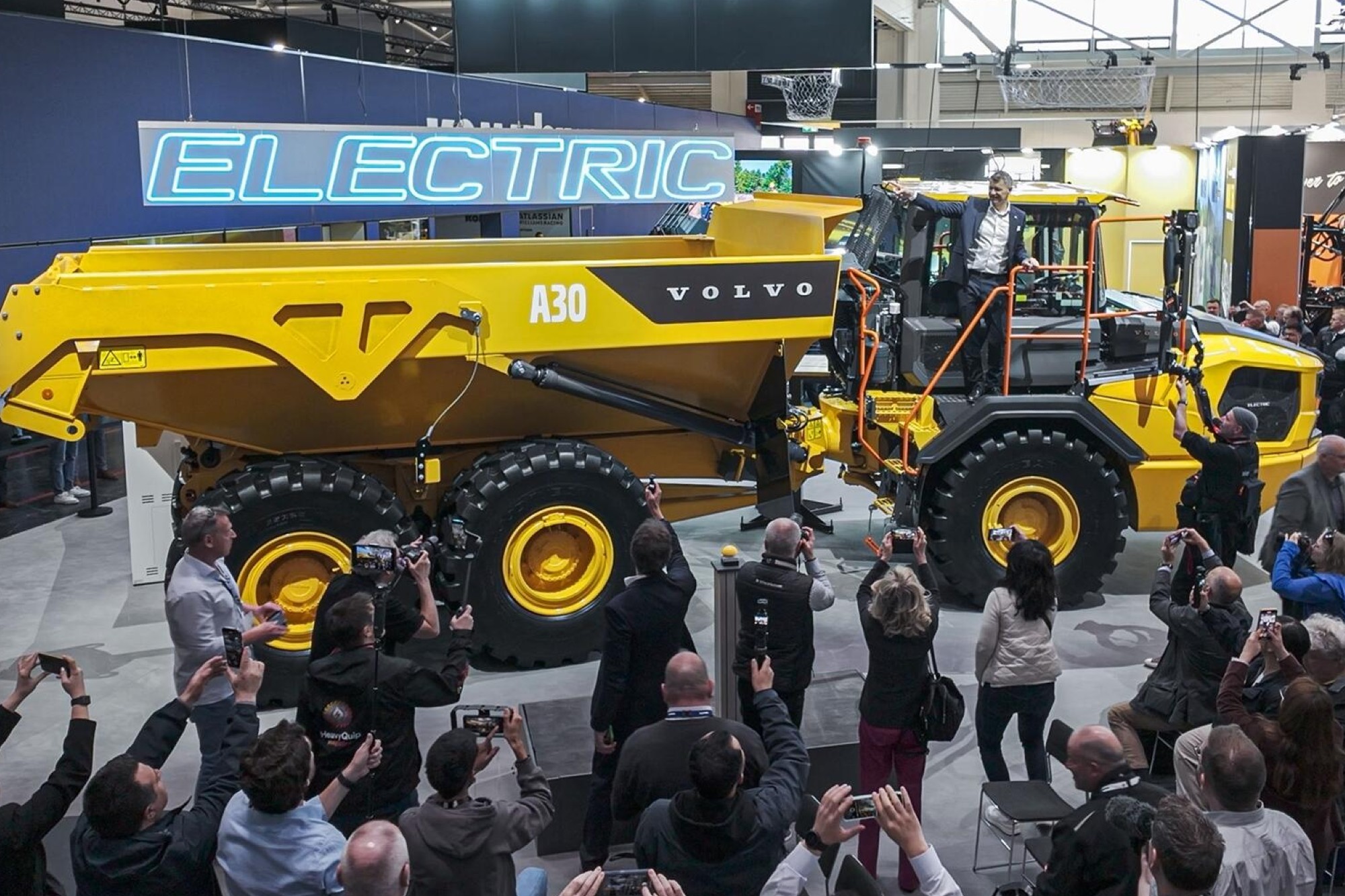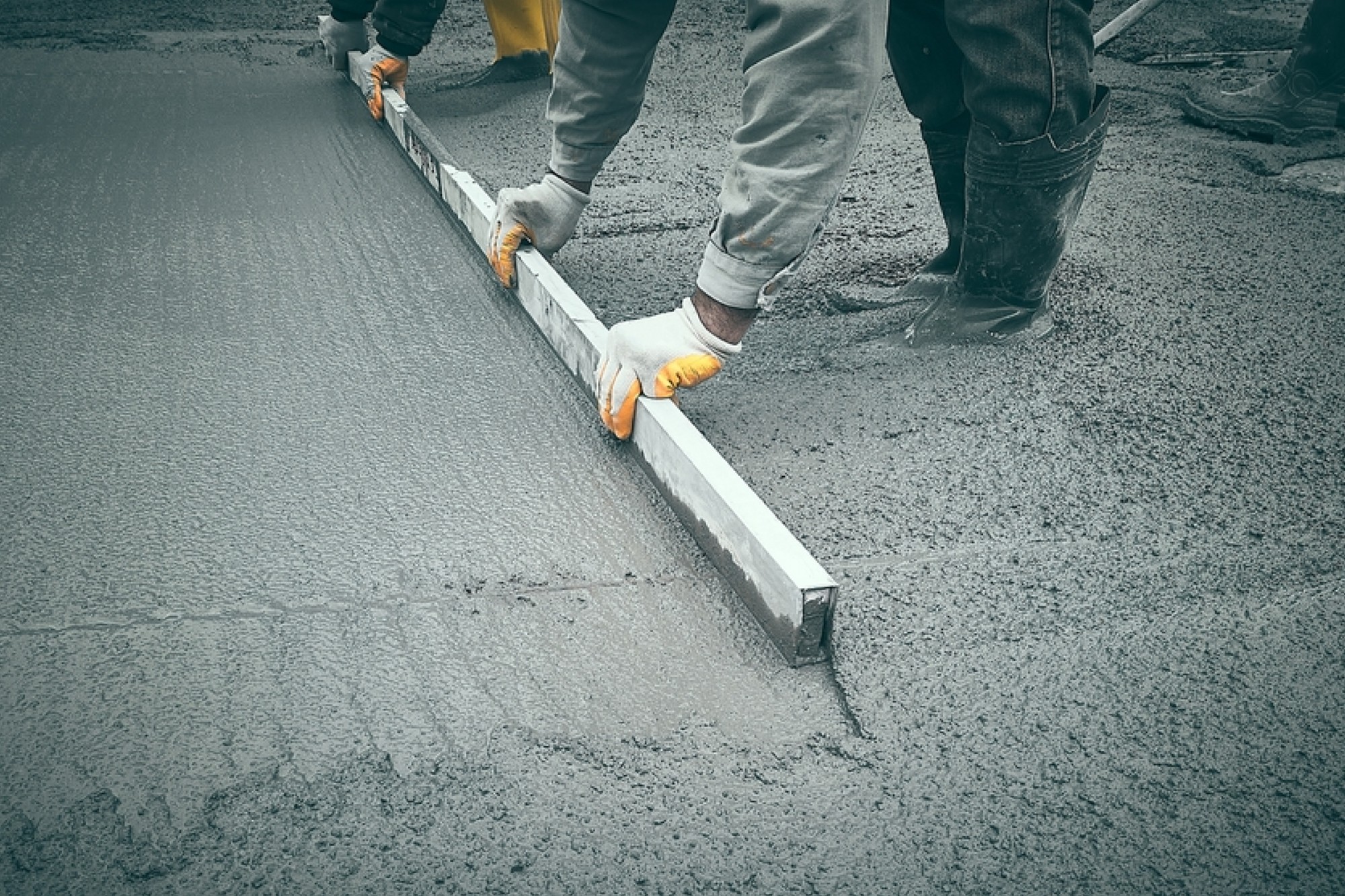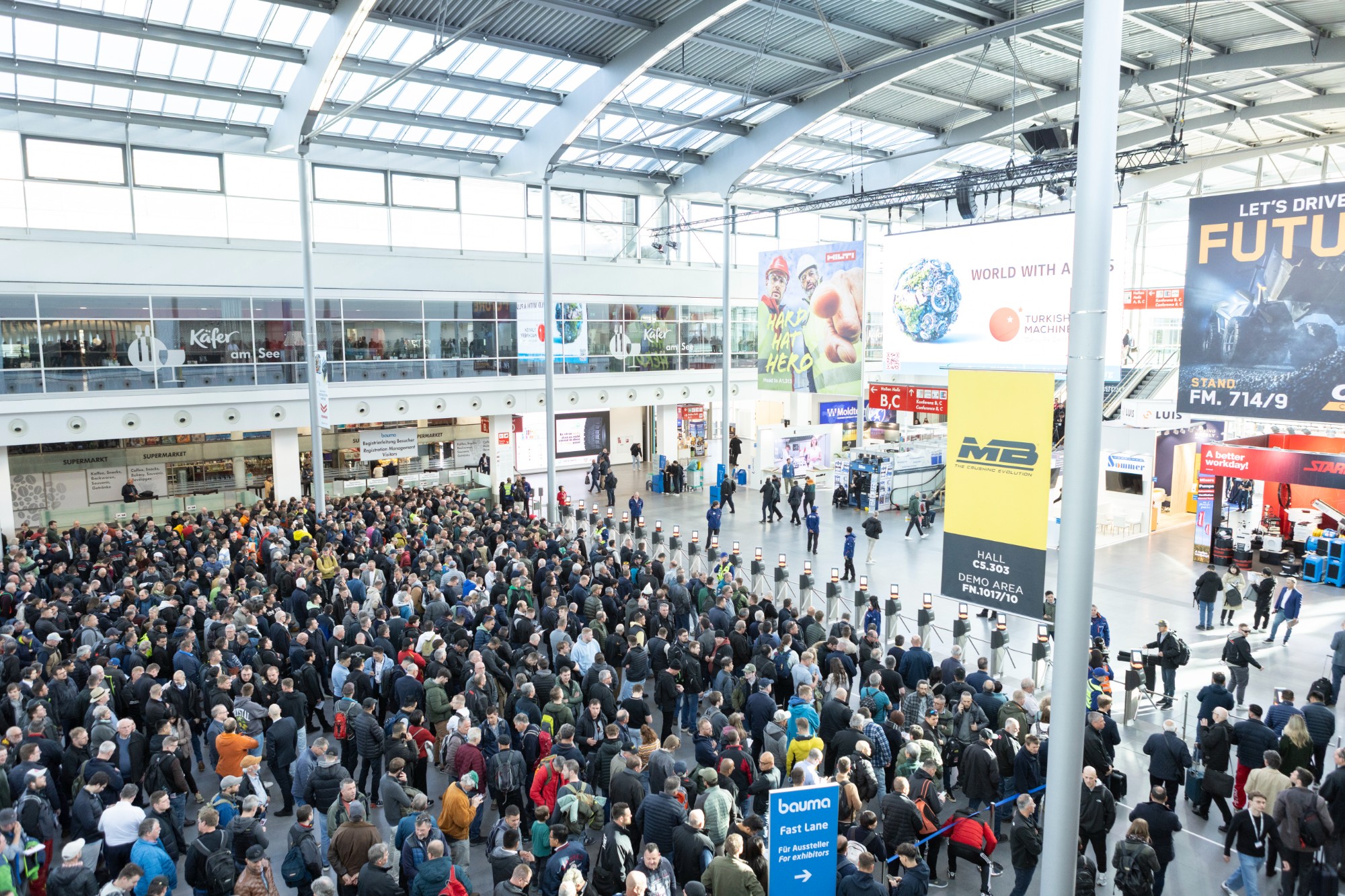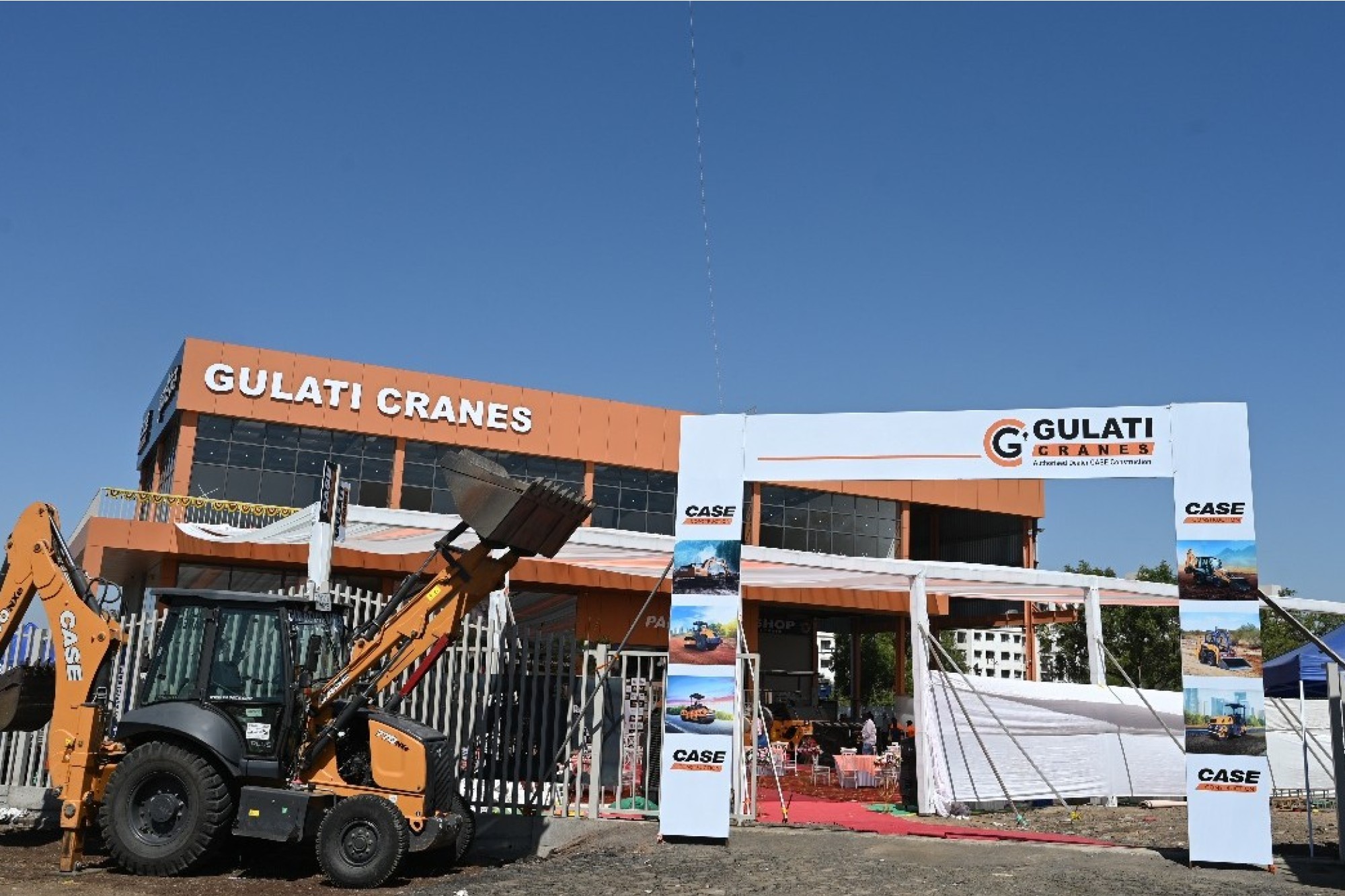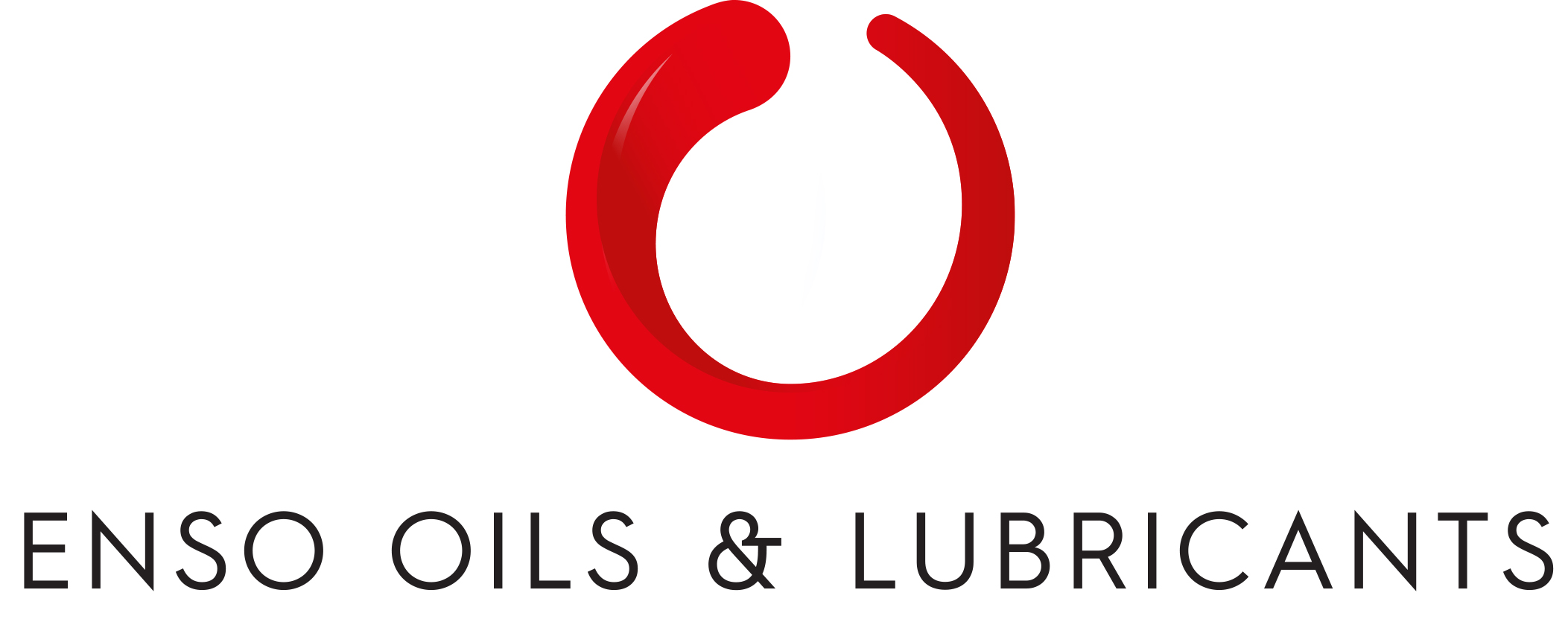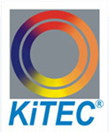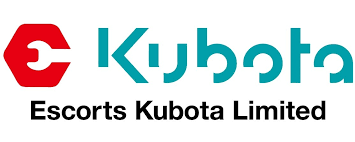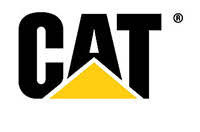Next-gen pre-engineered buildings are fast, green, and resilient
By Staff Report | April 5, 2025 11:53 am SHARE
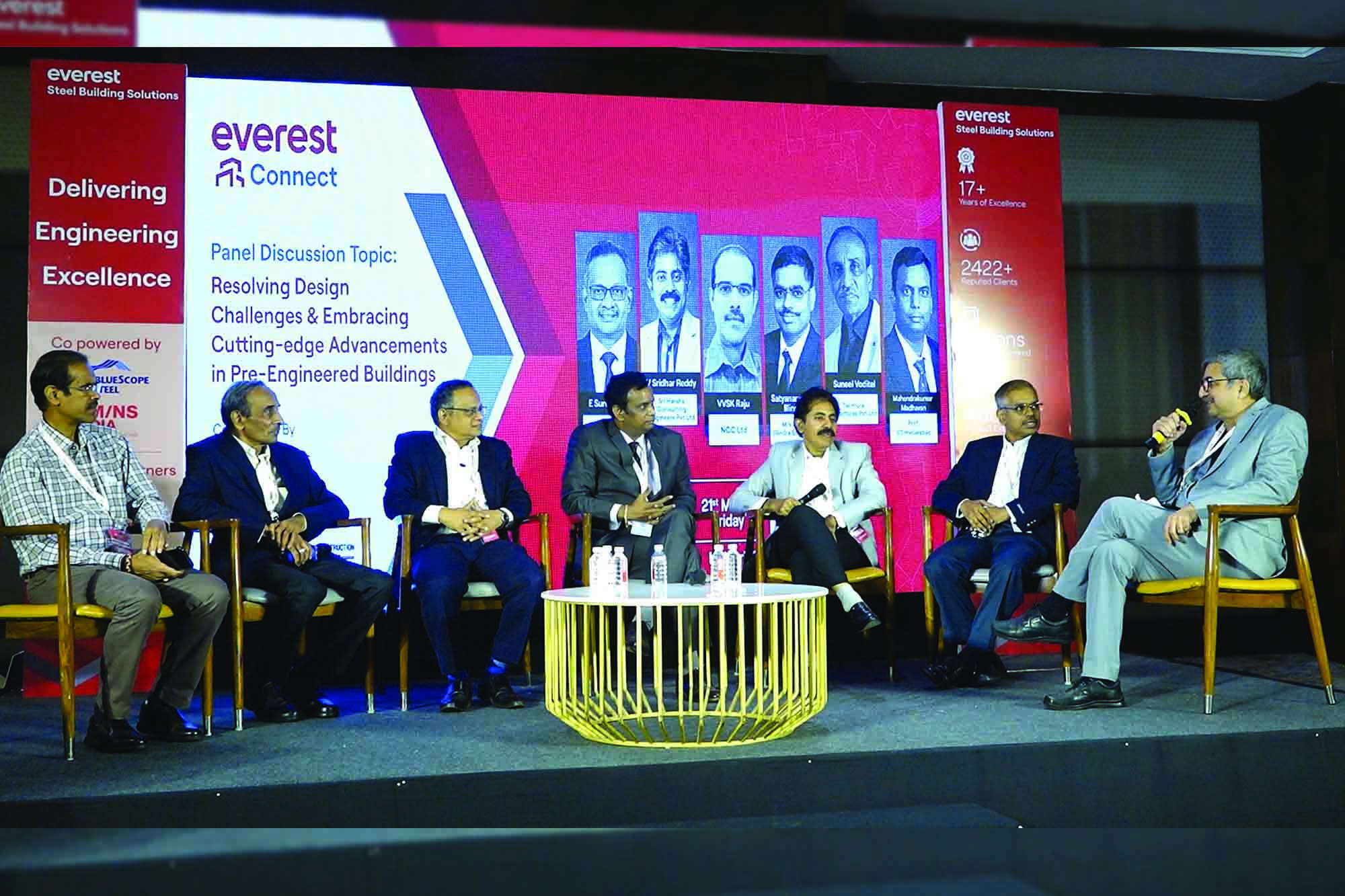
Pre-engineered buildings (PEBs) are reshaping construction with speed, cost-effectiveness, and flexibility. A recent Everest Group conference explored design challenges, innovations, and the growing role of PEBs in modern infrastructure.
Pre-engineered buildings (PEBs) are becoming a key component of contemporary infrastructure as the construction industry undergoes a sea change. Everest Industry Group recently hosted a conference titled “Resolving Design Challenges and Embracing Cutting-Edge Advancements in Pre-Engineered Buildings”, which brought together professionals from the field to discuss how PEBs are changing. Mahendrakumar Madhavan from IIT Hyderabad, Satyanarayana Illindra from Satya Illindra Engineers, Suneel Voditel from Techture Structures Pvt Ltd, V Sridhar Reddy from Sri Harsha Consulting Engineers Pvt Ltd, and E Suresh Raj from Tata BlueScope Steel were on the panel. These professionals talked about the future possibilities of steel construction and the difficulties of PEB design. Their observations highlighted the industry’s innovations, difficulties, and new prospects.
The rise of pre-engineered buildings
Pre-engineered buildings have gained significant traction due to their speed of construction, cost-effectiveness, and adaptability. Unlike conventional structures, PEBs are fabricated off-site and assembled on location, reducing construction time by up to 50 percent. This efficiency is particularly valuable in industrial and commercial projects where time constraints are critical. The seminar emphasised that PEBs are no longer limited to warehouses but are now employed in high-rise buildings, data centres, shopping malls, and even residential complexes.
One of the standout examples discussed was a four-gigawatt solar cell building spanning half a kilometre in length and 142 metres in width. Completed in just seven months, this project underscored the potential of PEBs in large-scale industrial applications. Careful planning, creative design, and flawless execution are essential for the success of such projects, and these elements were thoroughly examined during the seminar.
Design challenges and solutions
Designing PEBs presents unique challenges, particularly when it comes to load considerations, seismic resilience, and material selection. A recurring theme in the discussions was the importance of understanding client requirements and site-specific conditions. For example, those four-gigawatt solar cell buildings above needed an unusual roof load of 145 kg per square metre to accommodate walkways and utility supports. This need initially caused some concern but was eventually supported by the project’s operational requirements.
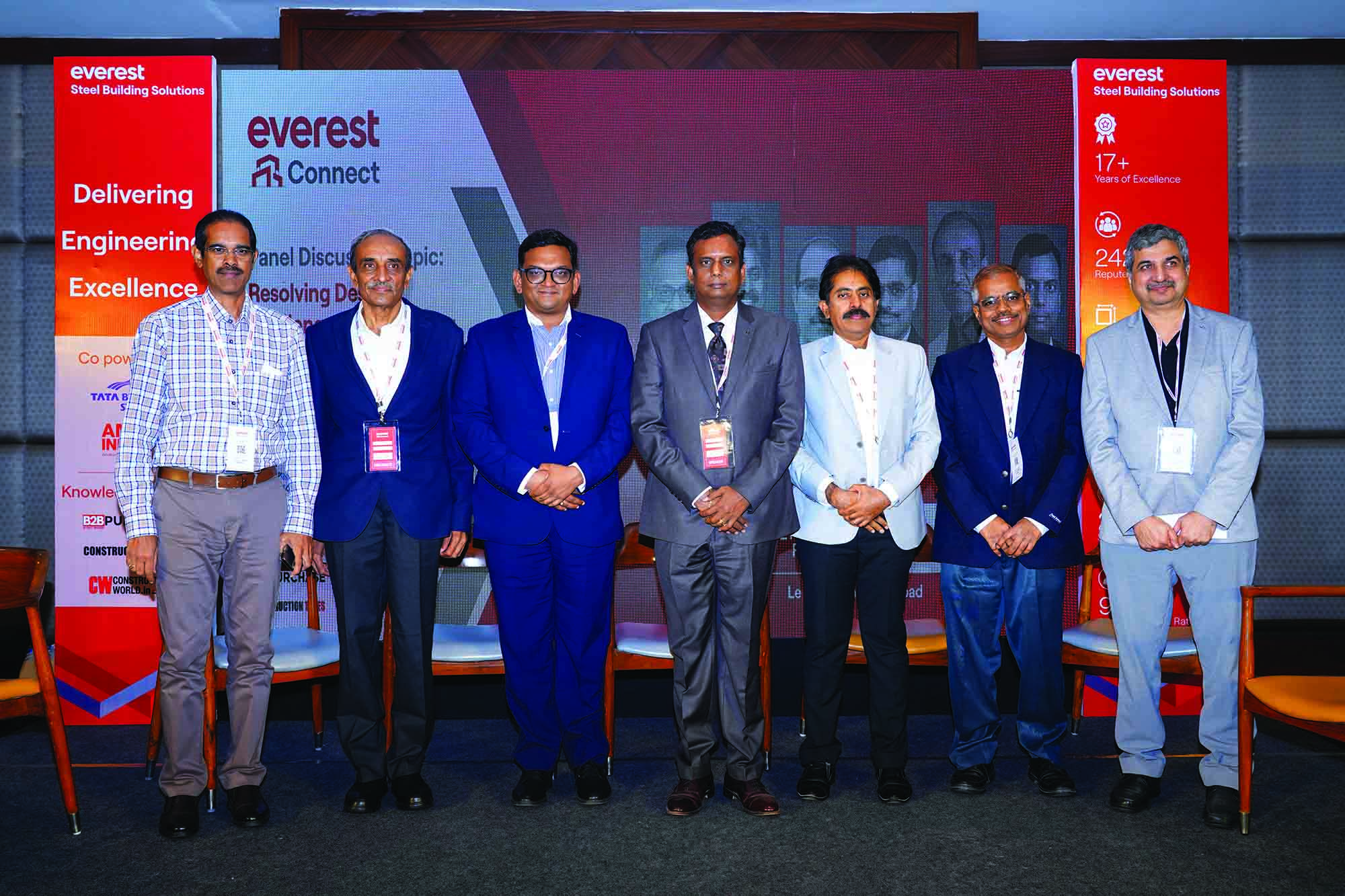
Seismic design provisions in India were another focal point. The stringent requirements of Indian codes, especially PEBs, often lead to debates among engineers. While these provisions ensure safety, they can also result in over-engineering, increasing material costs. Comparisons were drawn with international standards, where flexibility in design allows for more optimised solutions. The seminar called for a balanced approach, prioritising safety without stifling innovation.
Material availability and selection also emerged as critical issues. Hot-rolled sections, commonly used in PEBs, are often in short supply, leading to delays. Though readily available, cold-formed sections come with their own challenges, such as reduced load-bearing capacity due to welding-induced residual stresses. The experts advocated a hybrid approach, combining hot-rolled and cold-formed sections to balance strength, availability, and cost.
The role of technology and innovation
Advancements in technology are reshaping the PEB industry. The seminar highlighted the growing use of Building Information Modelling (BIM) for clash detection, material optimisation, and project visualisation. BIM enhances design accuracy and streamlines coordination among architects, engineers, and contractors, reducing delays and rework.
Another innovation discussed was standing seam roofing systems, which offer superior leak-proof performance compared to traditional screw-down systems. However, the experts cautioned that proper installation and sealing are crucial to prevent water ingress, a common issue in PEBs. The importance of selecting the right cladding profiles, fasteners, and paint systems was underscored, as these elements directly impact the building’s durability and performance.
The seminar also discussed the potential of high-strength steel (550 MPa and above) in PEBs. While this material promises significant weight savings and structural efficiency, its adoption is hindered by India’s lack of codal provisions and design expertise. The panellists urged industry stakeholders to invest in research and development to bridge this gap, ensuring India remains competitive in the global PEB market.
Future trends and industry collaboration
Looking ahead, the seminar painted an optimistic picture for PEBs. The demand for faster, sustainable, and customisable structures is expected to drive growth in this sector. Modular construction, where entire building components are fabricated off-site and assembled like Lego blocks, was identified as a game-changer. This approach reduces construction time and minimises waste, aligning with global sustainability goals.
However, the industry must address several challenges to realise this potential. EPC contracts’ lack of standardised specifications often leads to ambiguities, resulting in cost overruns and disputes. The seminar called for clearer documentation and stricter quality control measures to ensure project consistency.
Collaboration between academia and industry was another key takeaway. The panelists emphasised the need for specialised courses in steel design to nurture the next generation of engineers. Currently, most engineering curricula in India focus heavily on concrete, leaving graduates ill-prepared for the nuances of steel structures. The industry can cultivate a talent pool equipped to tackle future challenges by fostering partnerships with universities and research institutions.
The seminar provided a comprehensive overview of the opportunities and hurdles in the PEB industry. From design intricacies to technological innovations, the discussions underscored the need for a holistic construction approach that balances efficiency, safety, and sustainability. As India strides toward becoming a global leader in infrastructure development, PEBs will undoubtedly play a pivotal role. The insights shared by the panellists serve as a roadmap for industry professionals, guiding them toward smarter, faster, and more resilient building solutions.
The journey ahead is fraught with challenges, but with collaboration, innovation, and a commitment to excellence, the PEB industry is poised for a transformative future. The seminar concluded on a note of optimism, with a call to action for all stakeholders to embrace change and drive the industry forward.
For more information, visit: https://www.everestind.com/
Cookie Consent
We use cookies to personalize your experience. By continuing to visit this website you agree to our Terms & Conditions, Privacy Policy and Cookie Policy.


